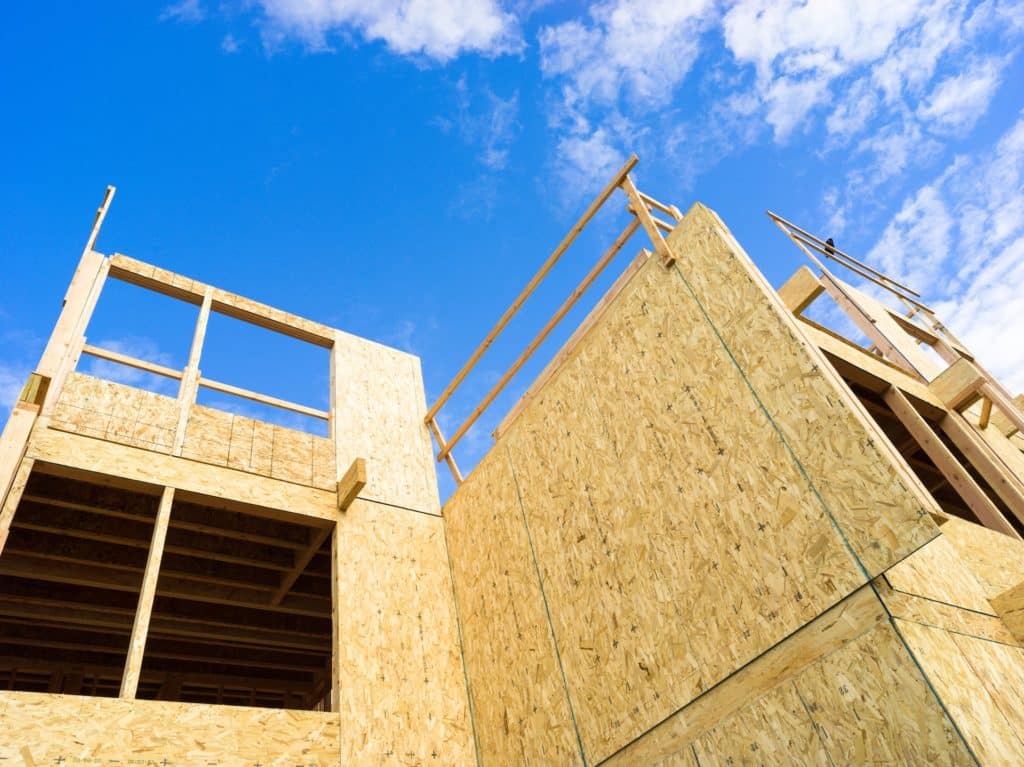While it may be challenging at times to navigate and manage construction crews, nothing compares to the feeling of moving your family into a new custom-built home. Our builders at Lakeside have put together a helpful guide outlining the new home construction timeline to help you understand each step in the process. Here are the 10 steps in the home-building process.
10 Steps To Building A Home
Generally, the home-building process will take seven to eight months from start to finish. However, it may differ based on your region or circumstances. At the very least, it will give you plenty of time to plan and pack for your new home!
1. Decide On The Layout & Design Of Your Home
While the first step can be a lot of fun, it may also be challenging. If perhaps you prefer a more modern design while your partner prefers a more contemporary look, it may take a bit of compromise to settle on the layout and materials to use for your new home. However, having knowledgeable builders will help you navigate the design process with ease. Of course, the most important decision will be the overall layout and number of bedrooms and bathrooms to support you and your family.
2. Prepare Property For Construction
Once you’ve secured a builder and finalized your design plans, the next part of the home-building timeline is to start digging in the dirt. Your builder will prepare your lot for construction. Crews will haul equipment to the site and begin a phase of steps as they prepare the property for construction. Here are a few of the site preparation steps:
Clearing
Construction crews will clear any trees, shrubs, or debris from the site. In addition, they will level the property and place markers for gas, water, electrical, and plumbing lines.
Mechanical, Electrical, & Plumbing
Once the site is clear and level, crews will identify and install all necessary mechanical, electrical, and plumbing lines before laying a foundation.
Foundation & Inspections
There are a handful of phases during the foundation process:
- The crews will frame up your foundation and ensure all necessary utility lines have been placed.
- The concrete foundation is poured. This part of the home-building process usually takes a couple of weeks as concrete needs time to cure.
- Electricians will ground your foundation and install power on-site during this process.
- Inspectors and the utility company will visit the site to conduct inspections and sign off on completed work.
3. Build The Frame Of The House
This is an exciting step in the home-building timeline. Once the frame of your house starts to take shape, you can begin envisioning your life inside your future home. Unfortunately, this phase in the process can be lengthy, depending on a few variables such as:
- The type and size of the structure
- The complexity of the project
- Disruptions in supplies
- Changes in construction crew schedules
- Unforeseen mistakes or challenges
However, once the process is finished, it’s a straight shot to the home-building finish line.
4. HVAC, Electrical, & Plumbing Installation
As framing of the house finishes, HVAC and electrical crews will visit the site to start the ‘rough in’ phase. The timeline for this process will again depend on the design and structure type, size, and complexity. Once the crews have finished placing the air ducts and wiring the house, a rough-in inspection will occur before moving forward.
5. Roof & Exterior Siding
The framing shell of your home can now begin to show a little bit of life and character. During this stage, roofers and construction crews will cover the exterior sheathing with the material you decided on in the design process.
6. Insulation & Interior Drywall
Insulation practices may differ depending on your region’s location and climate. The most common types of insulation are fiberglass, cellulose, or foam spray insulation. As soon as the insulation is installed, crews can hang the drywall. Last but not least, the crews will prep, texture, and paint the interior walls during this phase.
7. Flooring & Fixtures
You’re one step closer to moving in! After the painting is complete, the house will be swept and prepped for the installation of cabinetry, lighting fixtures, and appliances. Following this step, your chosen wood, tile, or carpet flooring material will be installed.
8. Landscaping & Final Touches
As work on the house’s interior wraps up, the crews will finish the final touches to the exterior, whether painting, staining, installing exterior light fixtures, or landscaping. The crews want to ensure that you’ll be happy with the aesthetics and curb appeal when you pull up in front of your new house.
9. Final Home Inspection
An inspector will visit the site one final time to sign off on completed work before you can move in. Final inspections may differ per region, but generally, the inspector will walk through with the power and water turned on to conduct tests that all utilities work correctly. They want to ensure that the house is 100% ready and safe for a family to move in. If your home passes the test, you will receive a certificate of occupancy from the Division of Building Inspections.
10. Final Step: Move In
After months or even a year of waiting, you’ve made it! It’s time to pack the moving truck and start the next chapter in your beautiful new home.
Lakeside Custom Homes
Are you ready to design and build your Texas Hill Country custom dream home? Contact Lakeside at Tessera to schedule a tour of a custom home model. With numerous floor plan options and proximity to amenities and outdoor recreation, Lakeside might be just the place for your next home.

